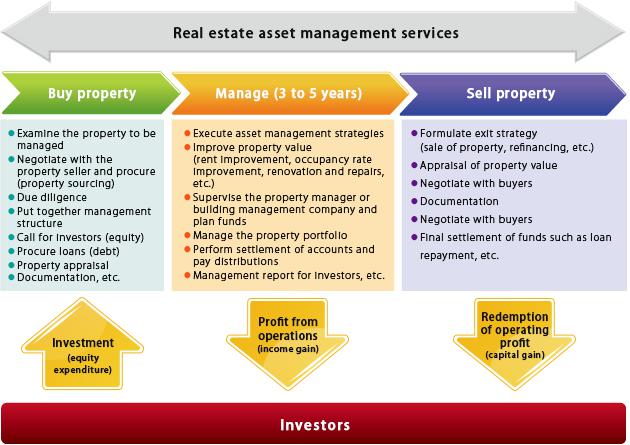
OneSite, a provider of property management software, has been in existence for over twenty years. Aside from its own proprietary systems, it works with several vendors. OneSite Facilities Plus is its most popular version, and it was designed by RealPage. For those of you whose apprehension is based on cost, OneSite has a lease management solution that is both affordable and easy to use.
OneSite is an excellent choice for property managers looking for a new platform. While the company has many options, OneSite Facilities Plus is RealPage's flagship product. It was specifically created to serve the needs of property managers as well as maintenance professionals. OneSite is a top-of the-line property management tool. It offers a wide range of benefits and features. OneSite can improve your bottom line by helping you with everything from tenant screening and leasing to maintaining and improving the property's physical appearance.
The software has a couple of major drawbacks. It's simple to set up OneSite, but maintaining and supporting it takes more than simply entering data. The most difficult part is that the company does not offer support to end users, meaning that users can't expect to get their questions answered in the same manner as a sales representative. The interface is also problematic, which is not surprising given the software's age.
OneSite is a flexible property management solution that offers many advantages over other software providers. Unlike other property management software providers, OneSite can be configured to meet the needs of property owners and managers of all sizes. This applies to both small and medium-sized property management organizations as well as large ones. This software includes many property management tools and is supported by a solid warranty.

OneSite offers other useful information. These include the best way for you to manage your documents, and many features that will allow you to track your tenants. One of the best features is a complete suite of community tools that includes a strong online community directory as well as the ability to manage activities in your community. OneSite not only allows you to store a lot of community-relevant information but also lets you connect with your peers and colleagues in real-time.
FAQ
What training do I need to give a handyman in order to do my job?
No. Handymen are already skilled and have the knowledge to tackle any job. You just need to give them the materials they require to complete the job.
Is it worthwhile to spend more money on professional handyman services?
It all depends on the type project that you wish to have completed. Professional handyman services are best for complicated construction projects like office renovations.
Why should I hire somebody to help me do this job?
It saves you time and money to hire a handyman. It saves time and saves money. Plus, when you hire a handyman, he or she has all the necessary equipment and supplies needed to get the job done right.
Are there any tips from a handyman about how to improve my home and make it more beautiful?
Absolutely! True, a handyman can be trained in any area of home repair or maintenance. A handyman knows what to fix and what not. Do not hesitate to seek advice whenever you are in need.
How many hours is it typical to complete a DIY project of this nature?
The average DIY project takes two to four hours. The complexity and difficulty levels of the project determine the length.
Statistics
- A franchise was approximately $110,000 with a franchise fee of $14,900, according to a spokesperson for a national handyman franchise. (en.wikipedia.org)
- An estimate was that in 2003, the market for home maintenance and repair spending was up 14% 2001 to 2003. (en.wikipedia.org)
- With a strong housing market, the handyman and general maintenance worker industry are expected to grow by nearly 10% in the next decade. (housecallpro.com)
- “Before the pandemic, 40% of people asked how we could estimate a job when we weren't there,” Rose recalled. (inquirer.com)
- “Once the pandemic hit, that number fell to about 20%.” (inquirer.com)
External Links
How To
How to Install Receptacle Box
You should follow all guidelines provided by your local building inspector when installing any type or outlet. This includes ensuring the correct installation and that there is no water damage or fire hazard.
Most boxes are prewired and have four wires from the breaker panel. The two black wires run through a box to the first screws on one side. While the red and the white wires run to the second screws on the opposite side. When connecting wires, it is important that you don't use wire nuts or wrap around screws. You will have difficulty getting the wires to stay put after they are tightened. These wires should be free to move, but not tight enough to cause them to pull out of the holes.
A second piece of hardware might be required if you wish to add a receptacle or container to an existing box. To accomplish this task, you need to cut off the top of the existing metal box and add a new cover plate. Once the hole is made for the new receptacle and the cover plate is attached, you would need to connect all of the wires to the new receptacle.
A modern light switch can replace the existing receptacles within your home. This task may be possible without the assistance of a licensed electrician. The first step is to take the old switch out of its mounting spot. You should then disconnect all wires from the switch. These wires can be used to power the switch or supply electricity to the light fixtures in the room. After you've disconnected everything, you're ready to begin the replacement process.
Once you have removed the old switch, measure the distance between wall studs and mark it with a permanent marker. Once you have done this, you will also need to determine if the new switch needs to be mounted high above or below the floor. Depending on where the switch will be installed, either drill a hole or attach it to the wall with drywall anchors.
Once you have the measurements taken and the locations marked, it is time to start the project. You can begin removing the drywall around the area where the switch is to be installed with the assistance of a friend or relative. To ensure that the cable is not accidentally cut inside the wall, you should leave about 8 inches space between each stud. Next, attach the mounting brackets to the new switch. The cables will also need attaching to the switch. Finally, screw it into the mounting plates. Once the switch is fully installed, you'll need to turn back the power and test it for proper operation.